Living
“ Architecture has a unique relationship with the transformation of reality: it is, in a way, atlastic. ”
“ Architecture has a unique relationship with the transformation of reality: it is, in a way, atlastic. ”
Architecture is a political practice
Manuel Bello Marcano is an architect, lecturer at ENSA Saint-Etienne and sociologist of the imaginary at the Centre d’études pour l’actuel et le quotidien – CEAQ, Université Paris Descartes (Center for Current and Everyday Studies at Paris Descartes University). In his view, architecture is an act of aggregation designed to put the world in order: in this sense, he is interested in the political fictions mobilized to equip our thinking and, in this case, to build a “ togetherness ”. Follow his words and discover animality understood as community.
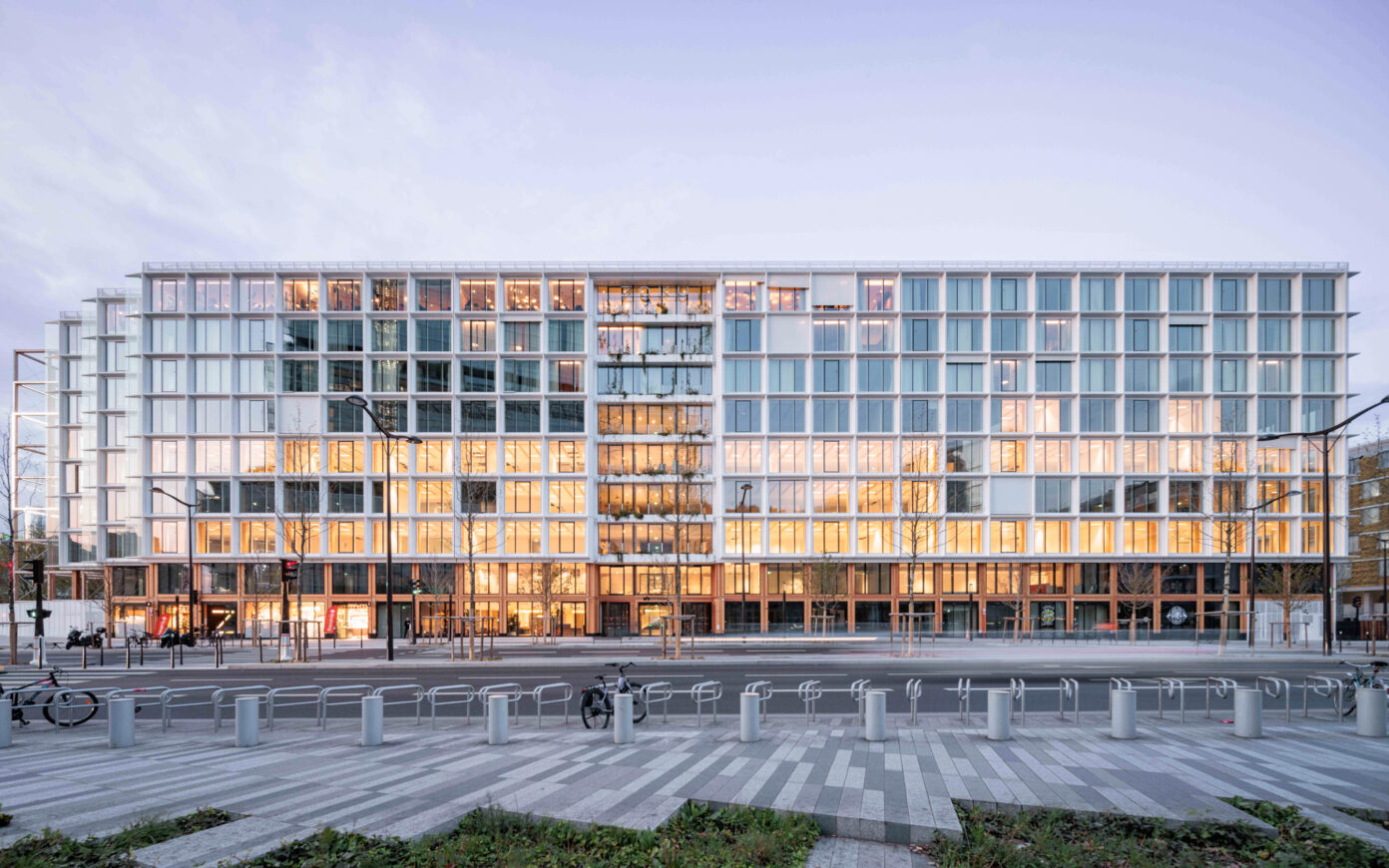
Covivio, Hines France, and PCA-STREAM have come together to create the Stream Building, a manifesto building located at the heart of the new Clichy-Batignolles district that integrates almost fifteen years of research by Stream Lab into innovations addressing the key challenges facing the cities of tomorrow. Circular by design, the Stream Building is a relational and productive hub that will energize this new urban center within the Greater Paris area by concentrating all the activities associated with a vibrant urban life.
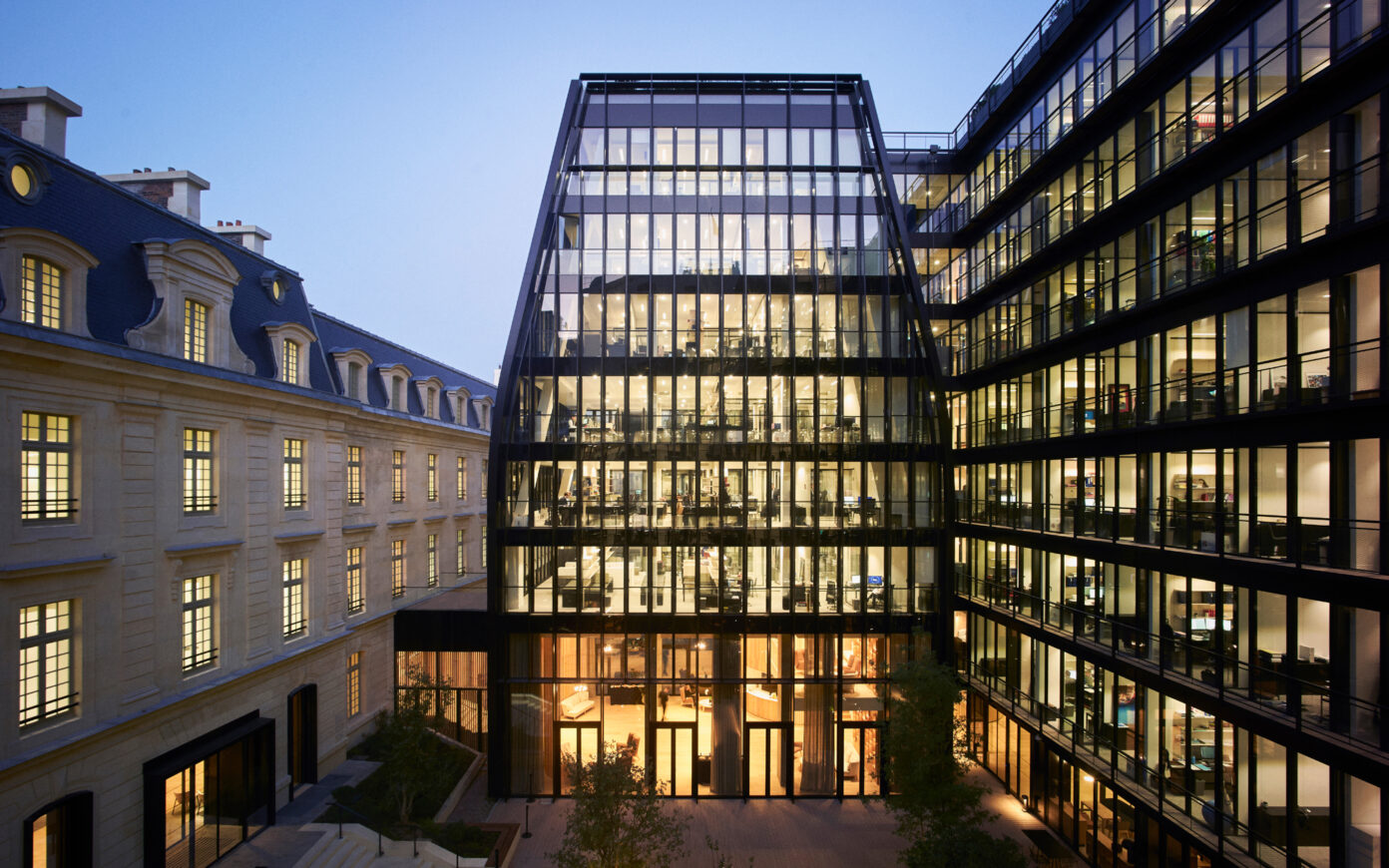
Located near the Saint-Lazare train station, these new-generation offices in a former military barracks combine the best of two architectural heritages. They offer a comfortable and prestigious workplace, turned towards nature and the well-being of its users, French law firm Gide-Loyrette-Nouel. The building's heritage is magnified and remodeled, enhancing its attractiveness and competitiveness, while helping to write a new page in the history of Paris's ever-changing urban fabric.
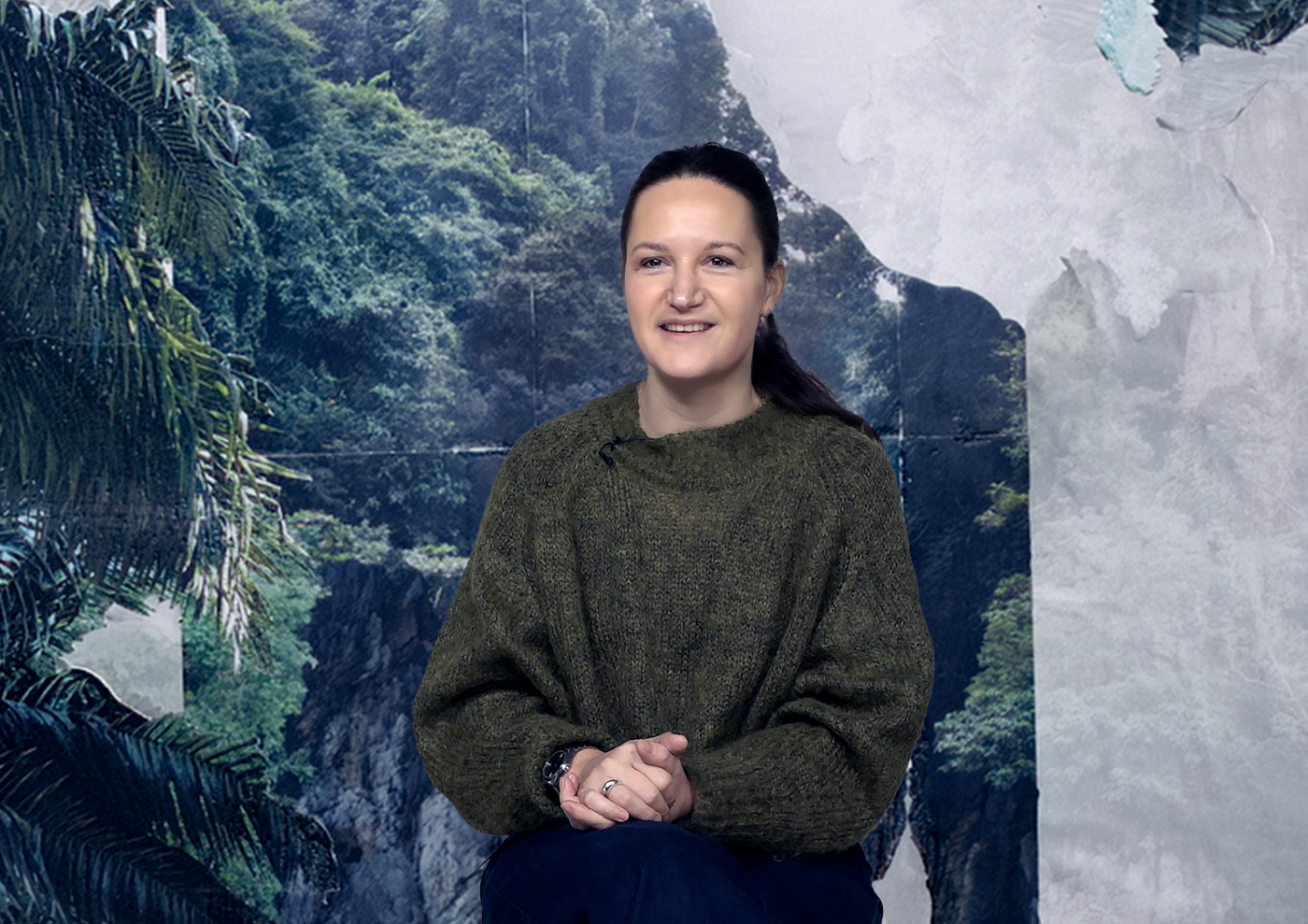
Representing geological time
Noémie Goudal is a visual artist. Finalist for the 2024 Marcel Duchamp award, she works on our relationship with time, with a particular interest in paleoclimatology: the history of ancient climates. Basing her artistic work on the research carried out by contemporary scientists, she questions our relationship with the landscape and its movement, redefining our perception of the world.

A new institution for the arts in Montpellier, the MOCO brings together the Panacée and the École Nationale Supérieure des Beaux-Arts of Montpellier Méditerranée Métropole around the Montcalm Hotel. This headquarters for contemporary creation aims to federate the art scene in Southern France, and to break with cultural centralism, while at the same time avoiding a repetition of the “Bilbao” recipe of the spectacular object. It explores the possibilities for the transformation of the city through art in line with an organic model that rises to the contemporary challenges of regenerating historic cores and recycling existing architecture. The MoCo is in phase with a younger generation’s aspirations towards collective appropriation, co-production and the idea of making do with and together.
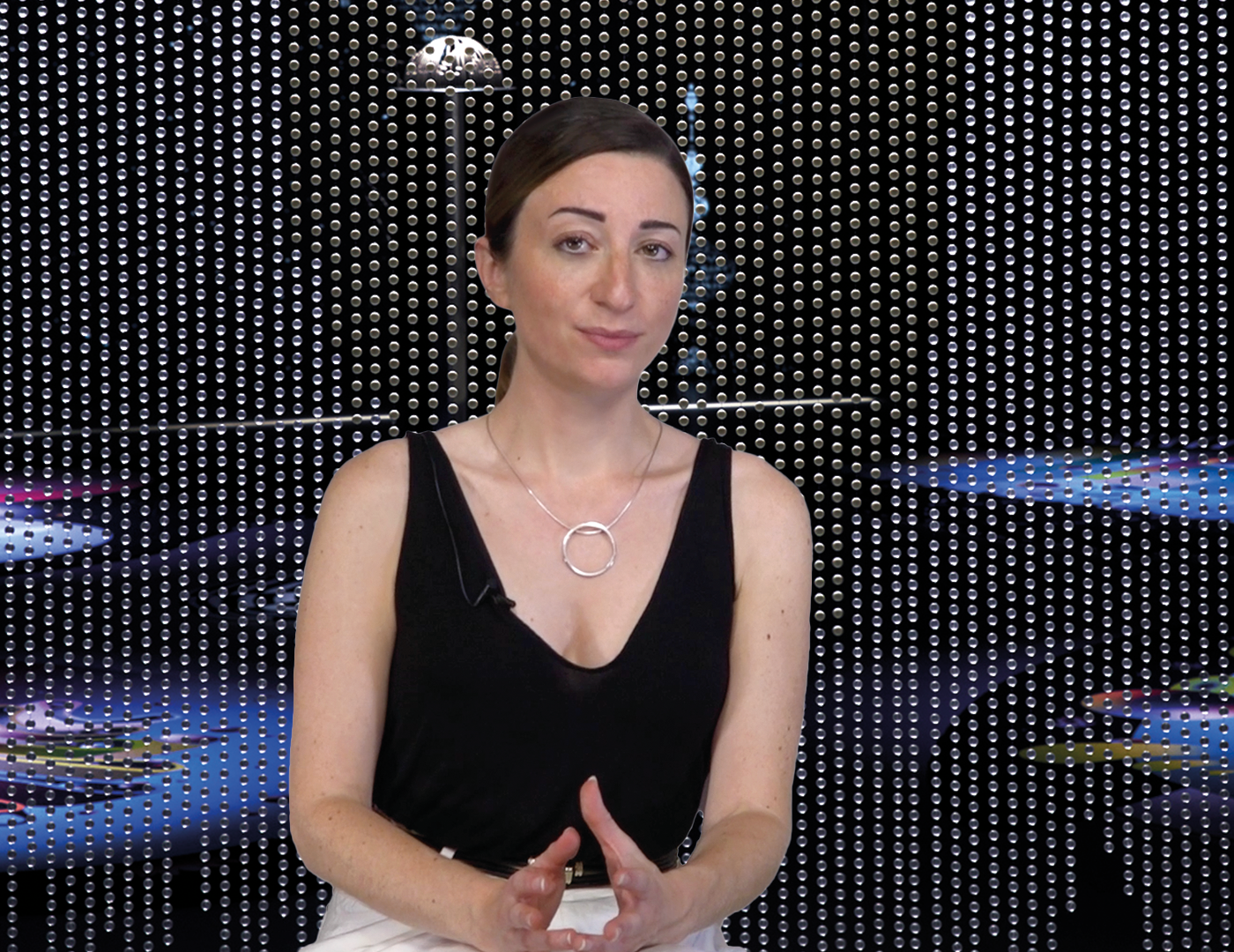
Micro lives and giga solutions
Marie-Sarah Adenis is a designer and co-founder of PILI, a company that develops biocoloring agents using microorganisms: an alternative to their petrochemical production. But the heart of her job is to harness the image of “microbes” to overcome the limitations of our imaginations and inject a touch of onirism into the dusty scientific narrative inherited from Pasteur.
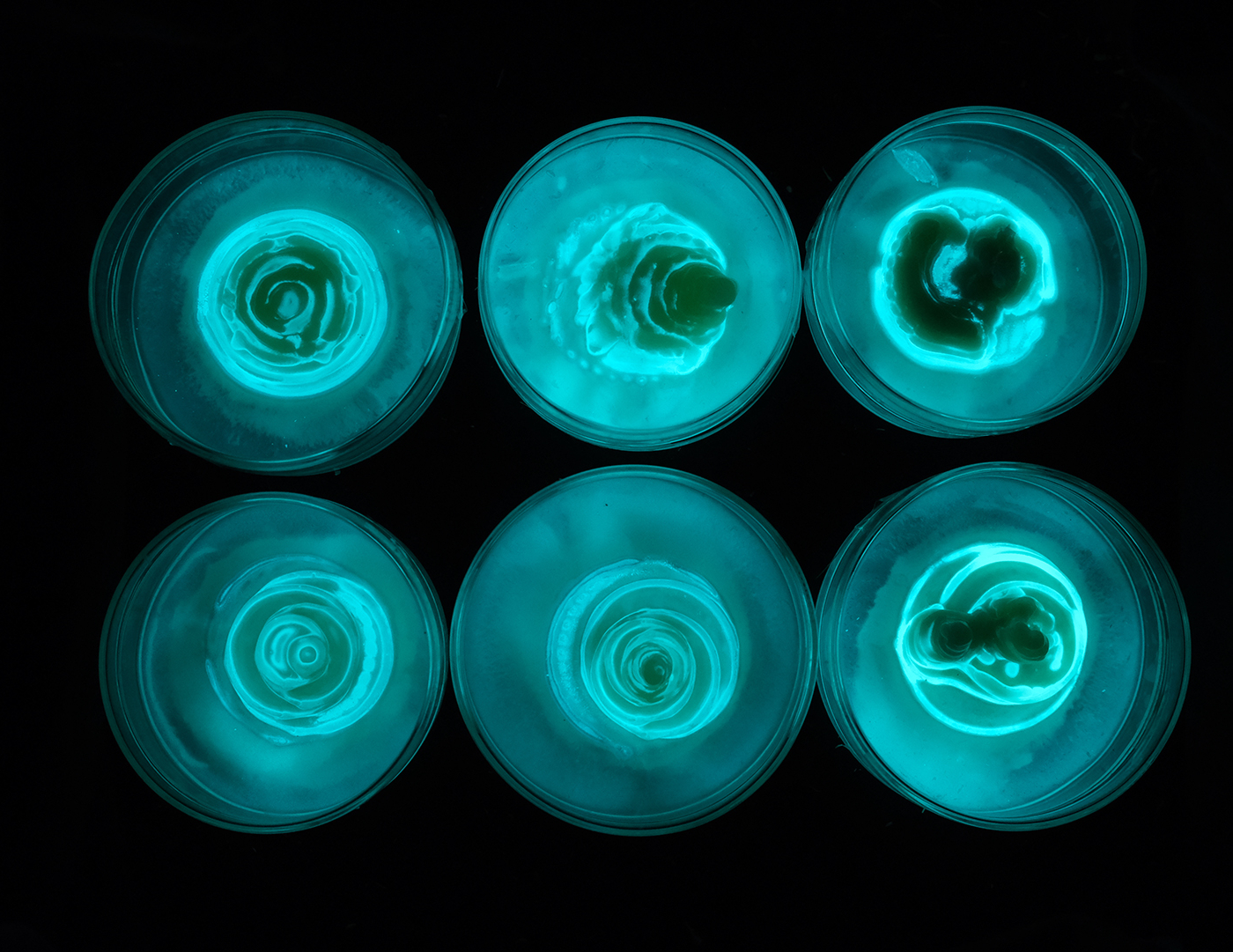
Living matter
With Marie Sarah Adenis, artist, Aurélie Mossé, research professor at ENSAD, and Simon Trancart, Head of Adaptative Laboratory Evolution at Ginkgo BioWorks. Wood is often referred to as a living material because it reacts to ambient humidity and develops a patina. However, when a tree is cut down to exploit its wood, it dies and ceases to photosynthesise. What other forms of living matter can we cultivate and grow to build and create, and what ethics should we apply? What does the future hold for organic materials that can regenerate rapidly or perhaps never die and continue to evolve as living matter? From the colourimetric properties of microbes to the use of algae to develop alternative chemical reactions to form cements and ceramics that emit less carbon, what possibilities does living matter offer us for rethinking creation?
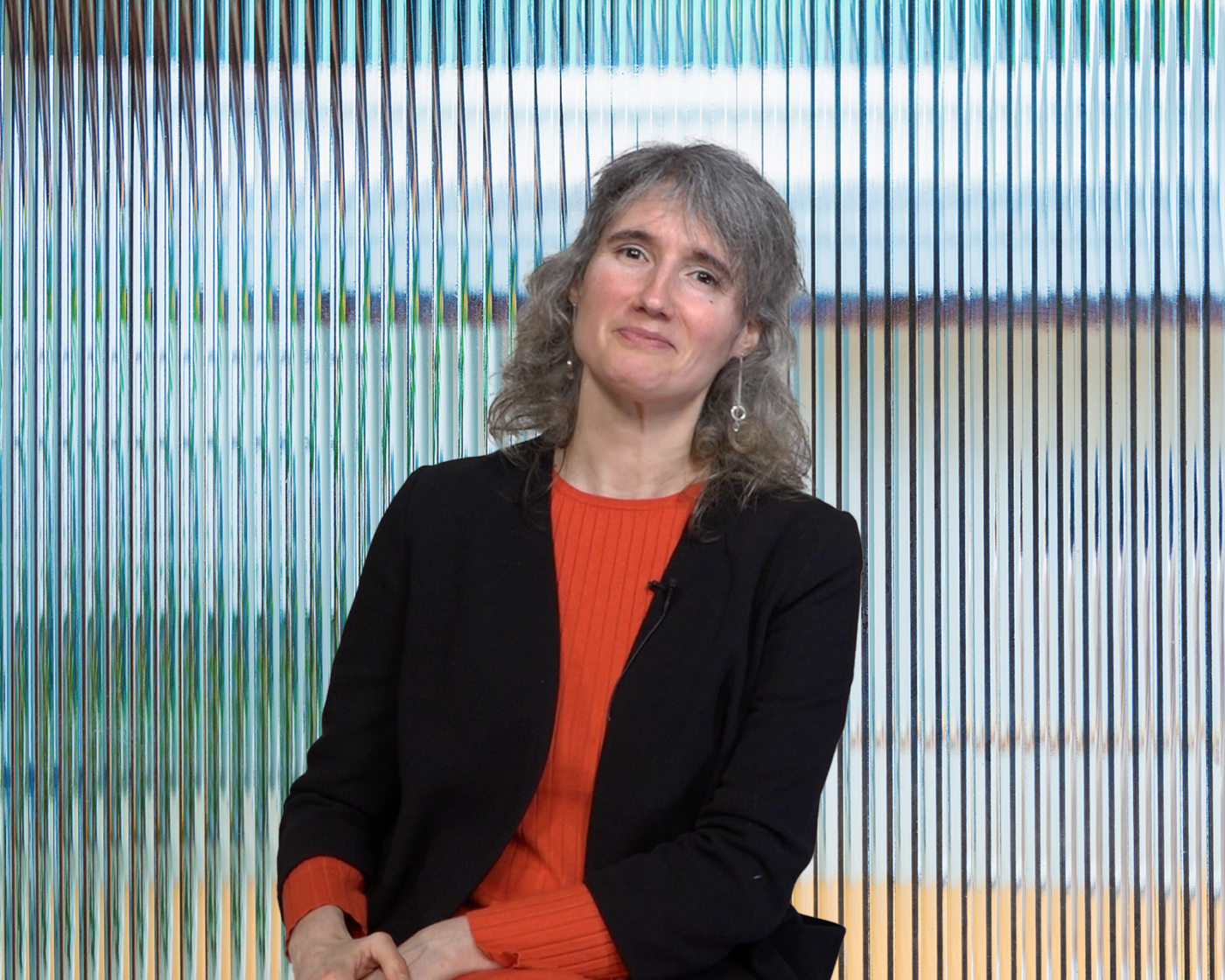
Working with living matter
Aurélie Mossé is a designer, researcher and head of the Soft Matters research group at the Ecole des Arts Décoratifs. Using micro-organisms, she is experimenting with the manufacture of innovative materials that are less costly in terms of fossil fuels or non-renewable resources. By producing calcite, bacteria could become allies in the creation of solid building materials.
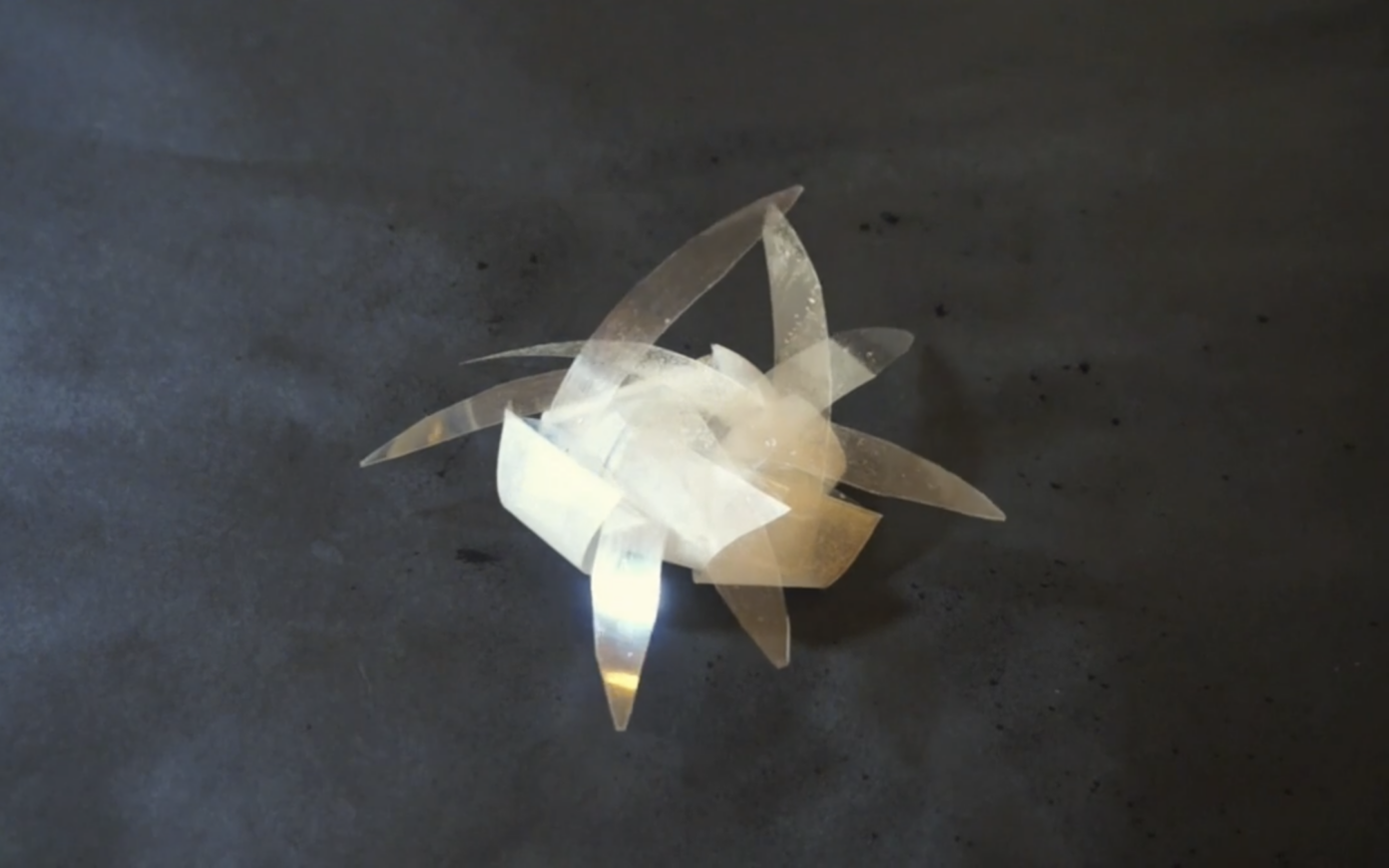

Living Beings
La Vie à l’œuvre (Life in the Making), a collective of researchers in the natural sciences, humanities and social sciences, as well as artists, was set up at the Université Paris Sciences & Lettres in 2014 to explore interdisciplinary collective intelligence around the theme of the living. Functioning as an incubator of ideas, they explore the potential of living beings, particularly via experiments between art and science. A Stream 05 – New Intelligences article to discover!
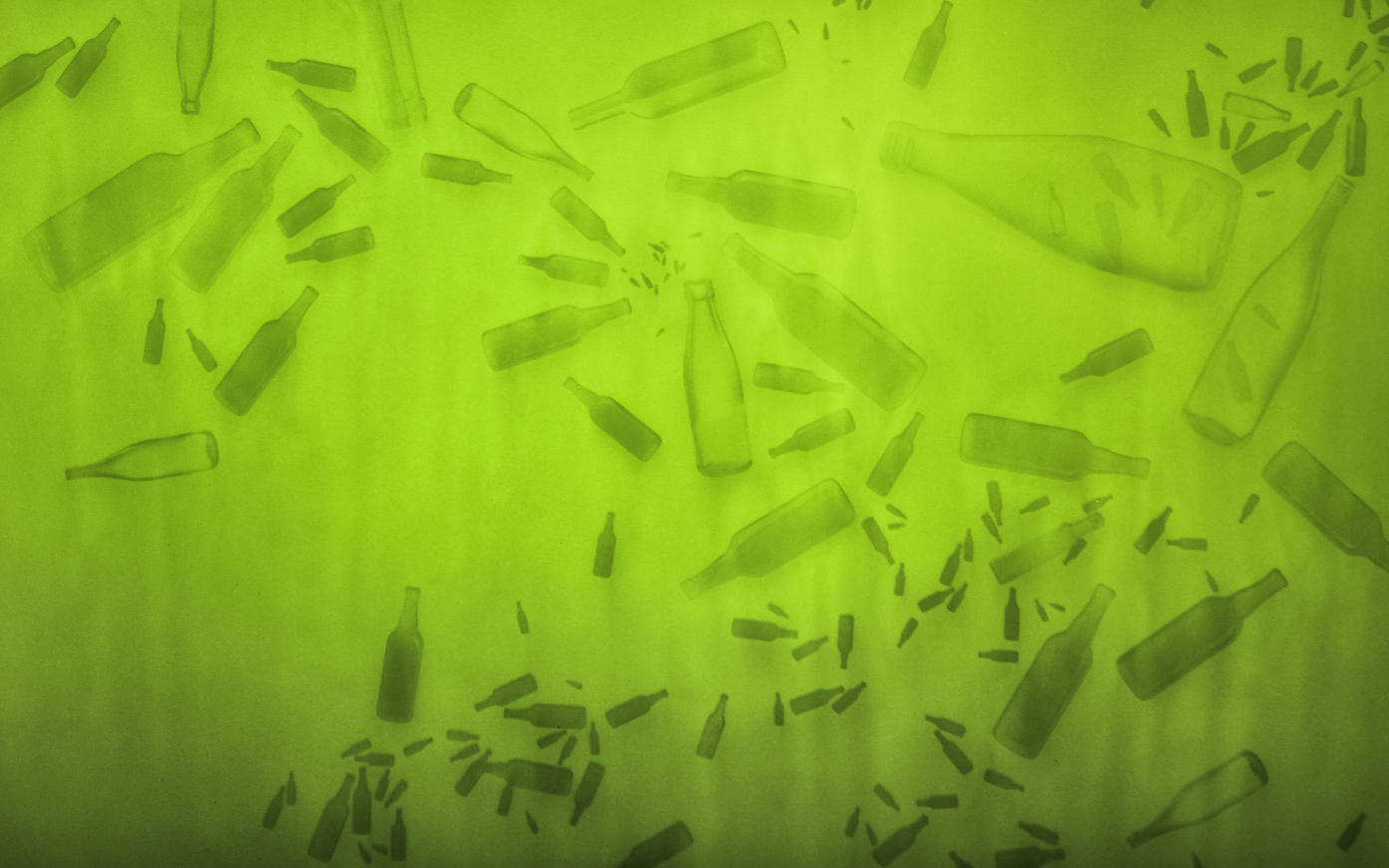

Collective Intelligence in the Making
Collective intelligence has become key to understanding and acting upon the complexity of the contemporary world. But how can the conditions for its advent be brought about? Originating in PSL, the “Life in the Making” collective, which brings together researchers in natural sciences, in the humanities, as well as artists, has been exploring this dialogue between intelligences around the theme of the living since 2014. By operating through a flexible framework, the collective has developed a praxis of interdisciplinary collective intelligence—all the while establishing new insights on life, in particular through experimentations between art and science.
“ What can we change in the way we inhabit the land to preserve the soil as an environment? ”
“ What can we change in the way we inhabit the land to preserve the soil as an environment? ”
Soil as an environment, property as an inhabiting capacity
Elissa Al Saad is an architect and laureate of the 2023 Palladio Fellowships for her thesis on soil as an environment. By comparing different possible forms of land appropriation, she raises the issue of preserving land resources in relation to ownership. The aim is to think of property as a support for a way of inhabiting that considers land as a common good.
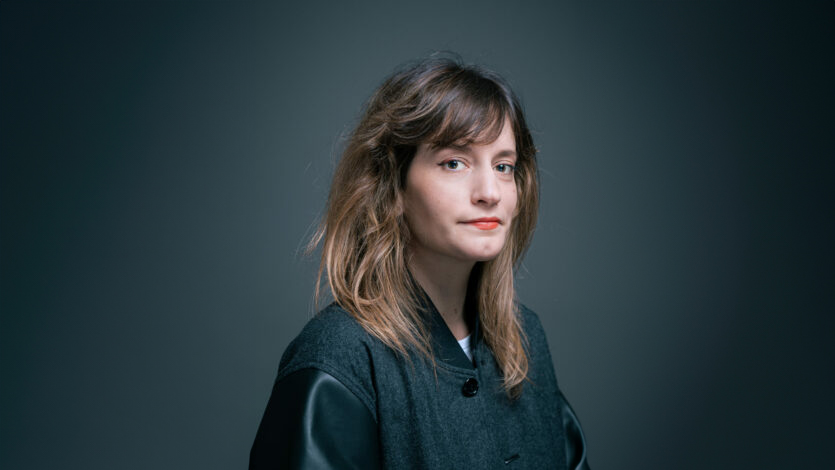
The art of artificial life
Justine Emard is a visual artist. Her installations use AI to understand the living, exploring the boundaries between organic life and artificial intelligence. Bee swarms, encephalographic recordings and prehistoric paintings become learning supports for algorithms that, contrary to dystopian imaginations, generate new supra-hyper-organisms.
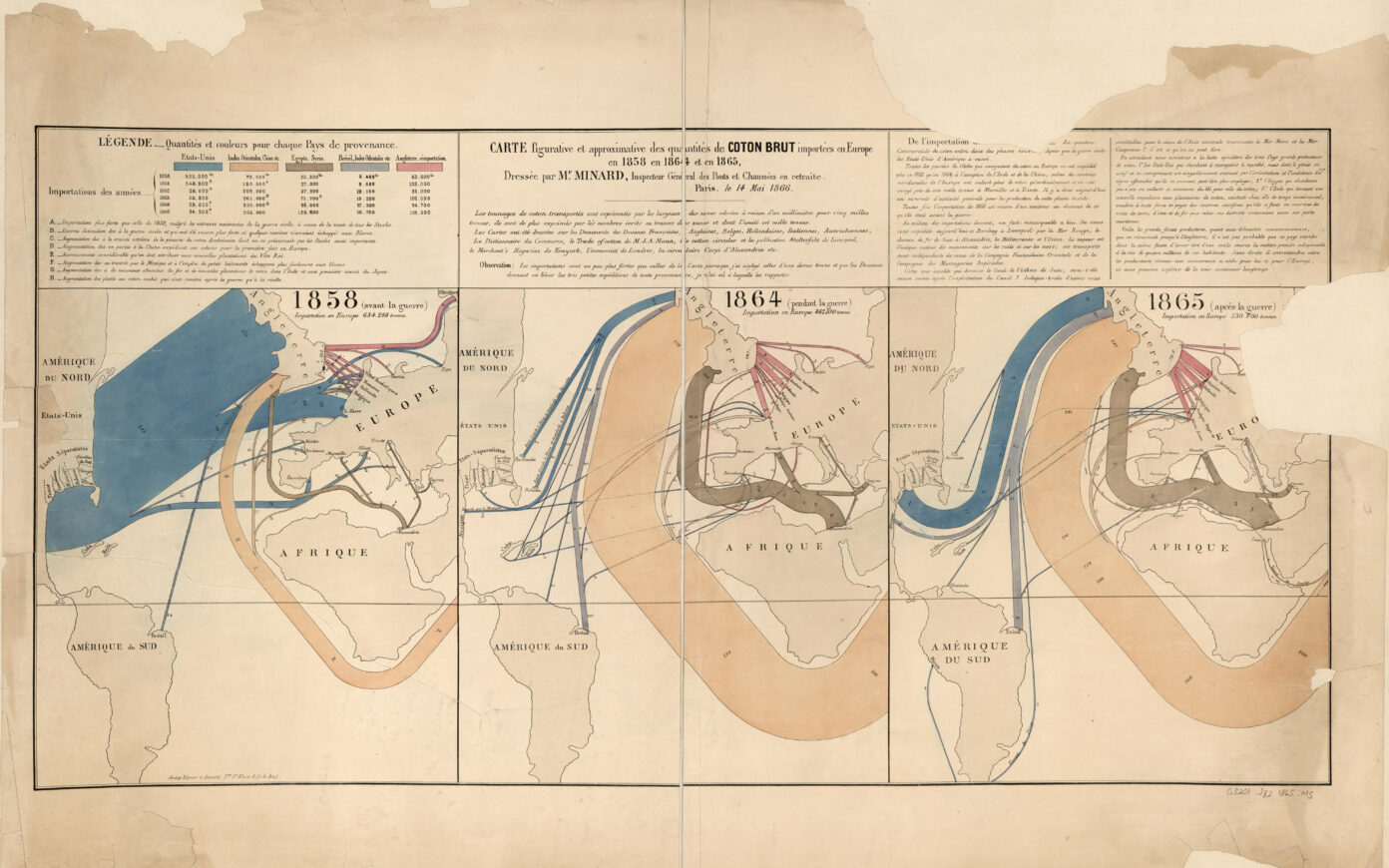

Exploring methodologies to understand the living city
Theoretical experiments around the concept of the “metabolic-city” place living organisms at the heart of a new paradigm, encouraging a systemic approach. In urban and architectural practice, what tools are available to measure metabolism? Pauline Detavernier, Doctor in Architecture and Research and Development Project Manager at PCA-STREAM, examines existing measures of the life cycle and urban metabolism to outline a methodology.
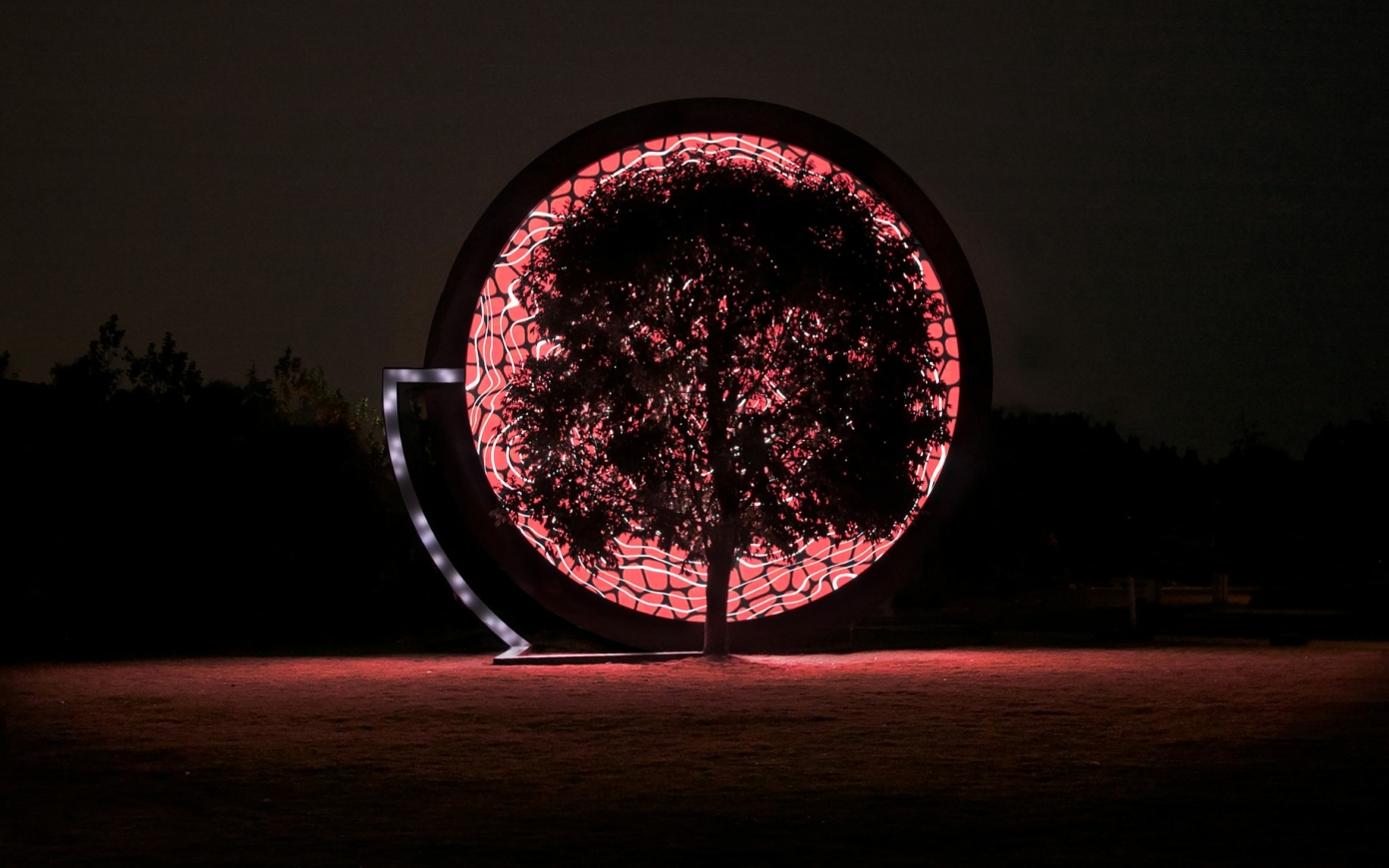

Experimenting with environmental art
Using scientific facts as artistic material, Dutch artist Thijs Biersterker seeks to emotionally connect the public to global questions, to inspire a desire to take action. He uses technology, in particular AI, as a medium. His immersive installations highlight the intelligence and communication systems of plants: thus creating a bridge between living beings.
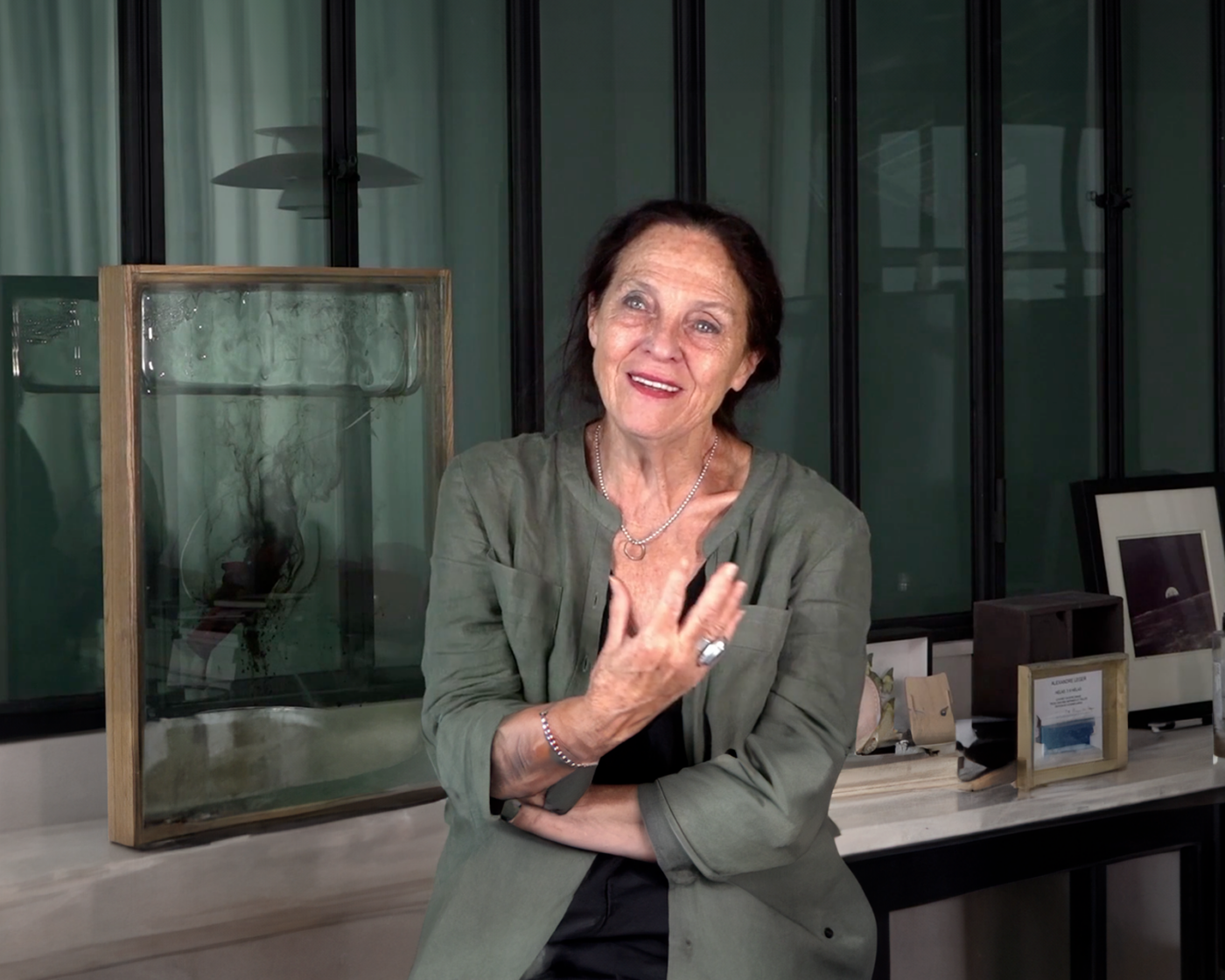
Establishing regenerative synergies
Philosopher, researcher and architecture school teacher Chris Younès advocates the implementation of “regenerative synergies” to learn to collaborate, respect the dynamics of nature and seek a new form of harmony – not simply aesthetic but also ethical and political – to improve the manufacture of inhabited environments. An attitude advocated by many architectural researchers!
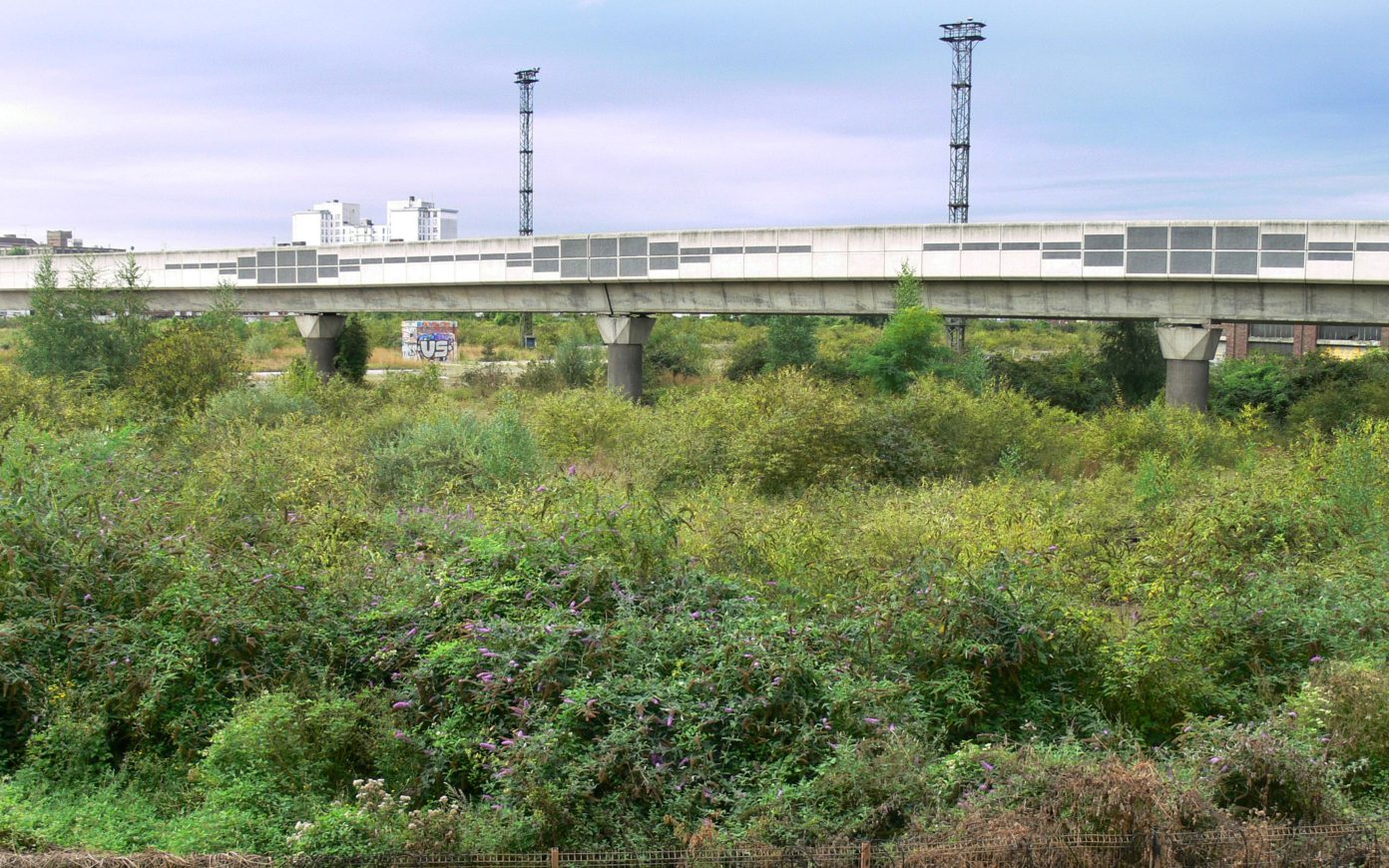

Exotic trees in the City
Botanist Serge Muller, a professor emeritus at the French National Museum of Natural History, is a specialist of “invasive alien species.” He discusses the concept of “nativeness” and lays out the contours of a policy opening cities to new tree species that could become important allies in coping with global warming. Based on an interview conducted in partnership with Coloco.
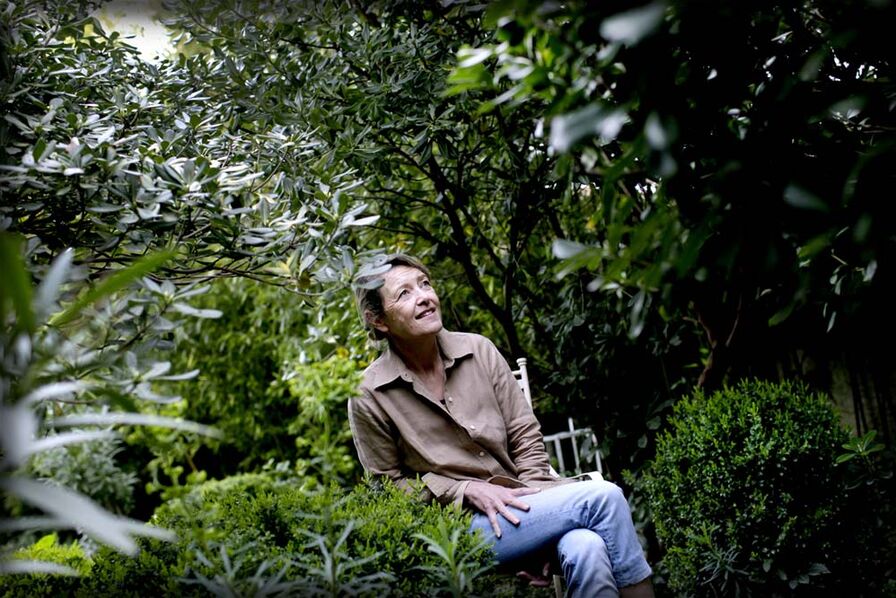
Root gardening
To understand the living, you need to understand the invisible. This is what Véronique Mure, a botanist specializing in Mediterranean landscapes, is convinced of. By focusing on the relationship that people have with plants, she raises awareness on the importance of soil and roots and invites us to take care of them, like gardeners.
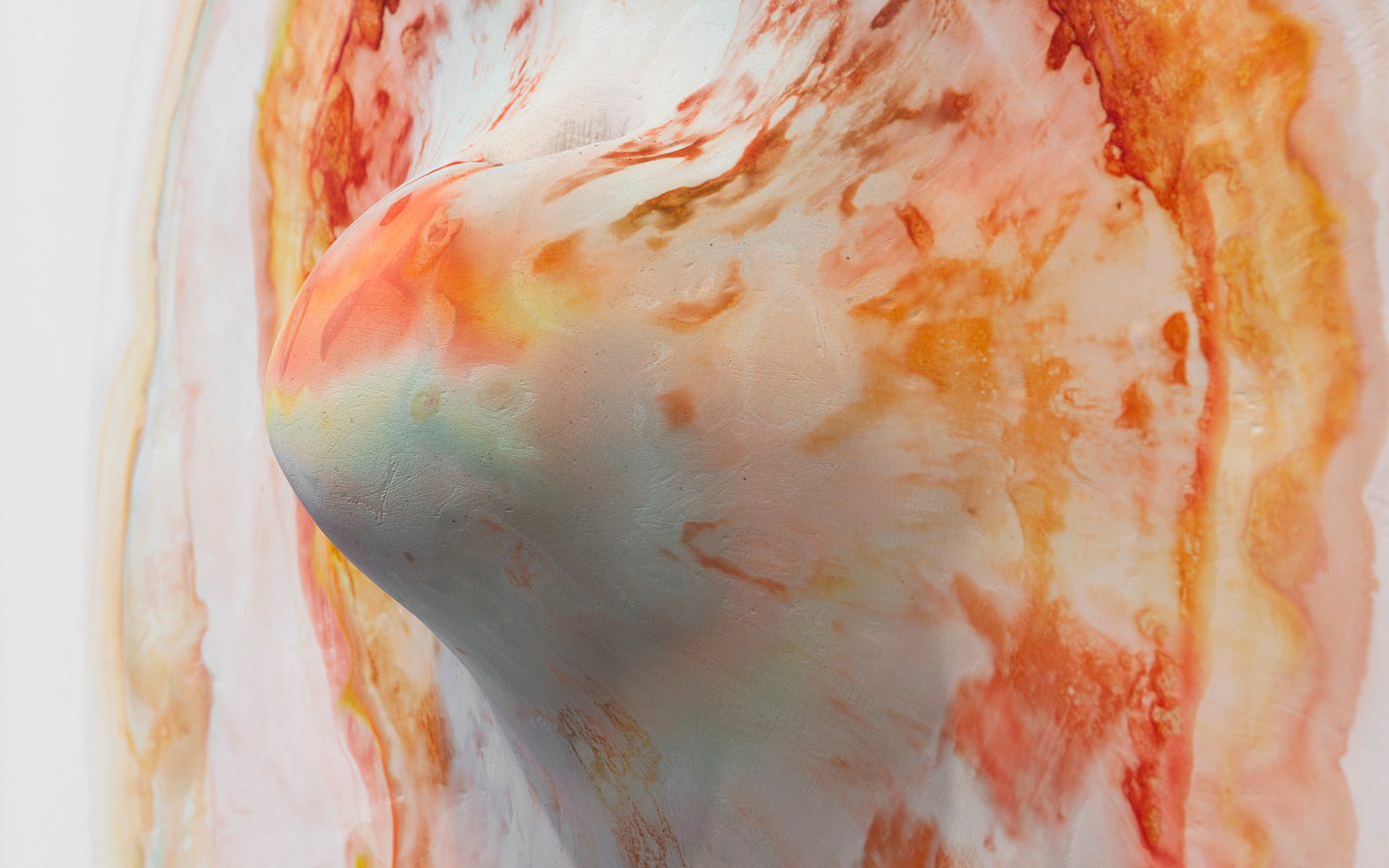

Don't forget to feed your pet-painting!
Michel Blazy is a tamer artist, whose work results from collaborations with snails, mosquitoes, molds or bacteria. Exhibited at the Portique (Centre d’art contemporain du Havre) until December 18, he questions, through his living works, the temporality of art and the borders between the living and the non-living, the natural and the artificial. Extract of the article Encouraging the matter published in STREAM 04 : The paradoxes of the living
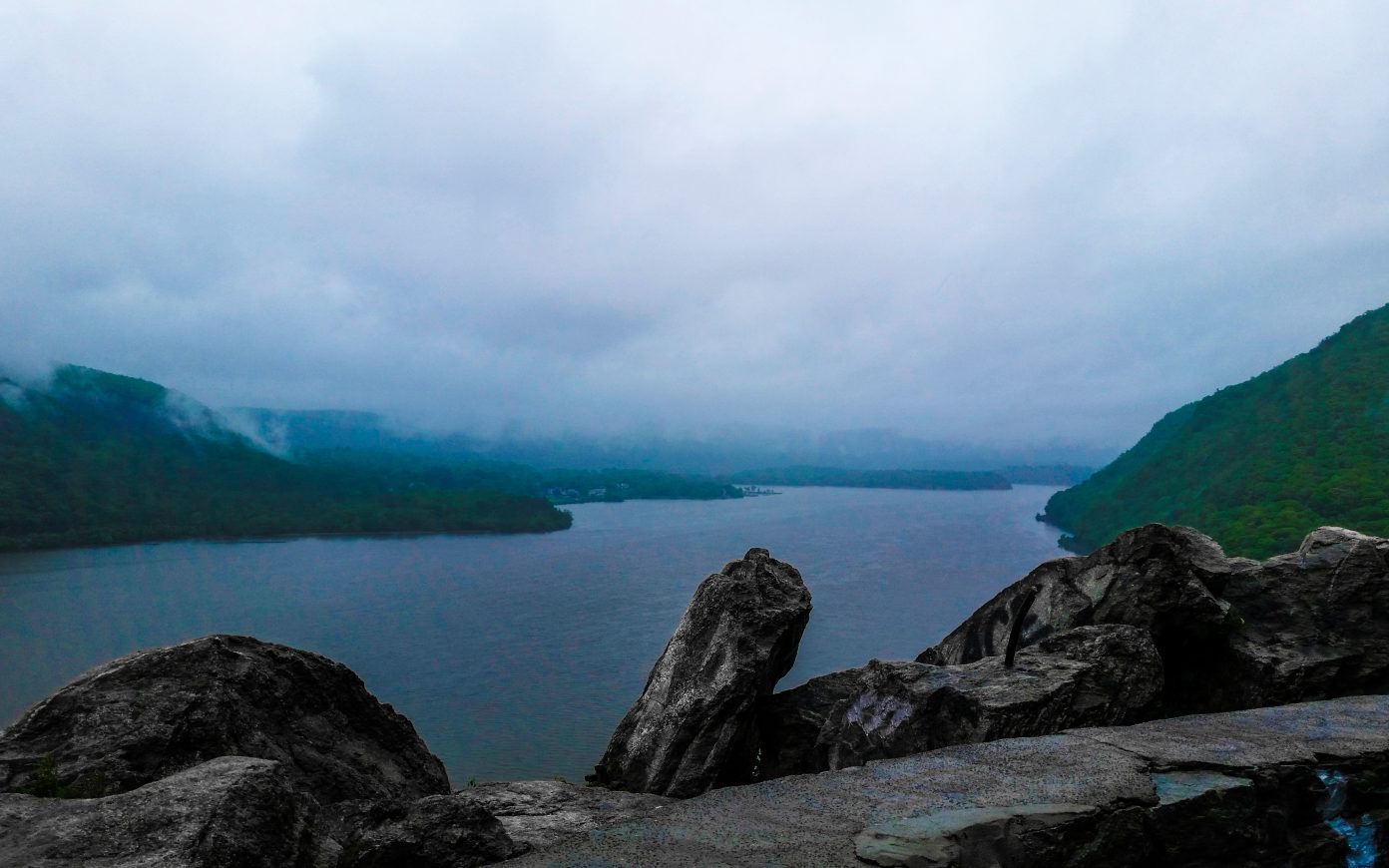

Are we in the midst of monetizing nature?
Virginie Maris is an environmental philosopher. In Nature à vendre – les limites des services écosystémiques (Nature for Sale – The Limits of Ecosystem Services), she questions the relevance of monetary valuation of services rendered by nature. You would never calculate how much your relationship brings you, so why do it with nature? Extract from the article Considering Separation Beyond Dualism, published in Stream 05: New Intelligences
“ A Canopy Plan to reduce urban heat islands. ”
“ A Canopy Plan to reduce urban heat islands. ”
Nature-based solutions
Frédéric Ségur is the head of the Landscape and Urban Forestry department at Lyon metropolis. There, he is in charge of the Plan Canopée, and ensures that policy actions related to water, plants, and climate are aligned. He alerts us to the fact that we must reclaim the lost knowledge of urban plantations and tree care. READ THE TRANSCRIPT
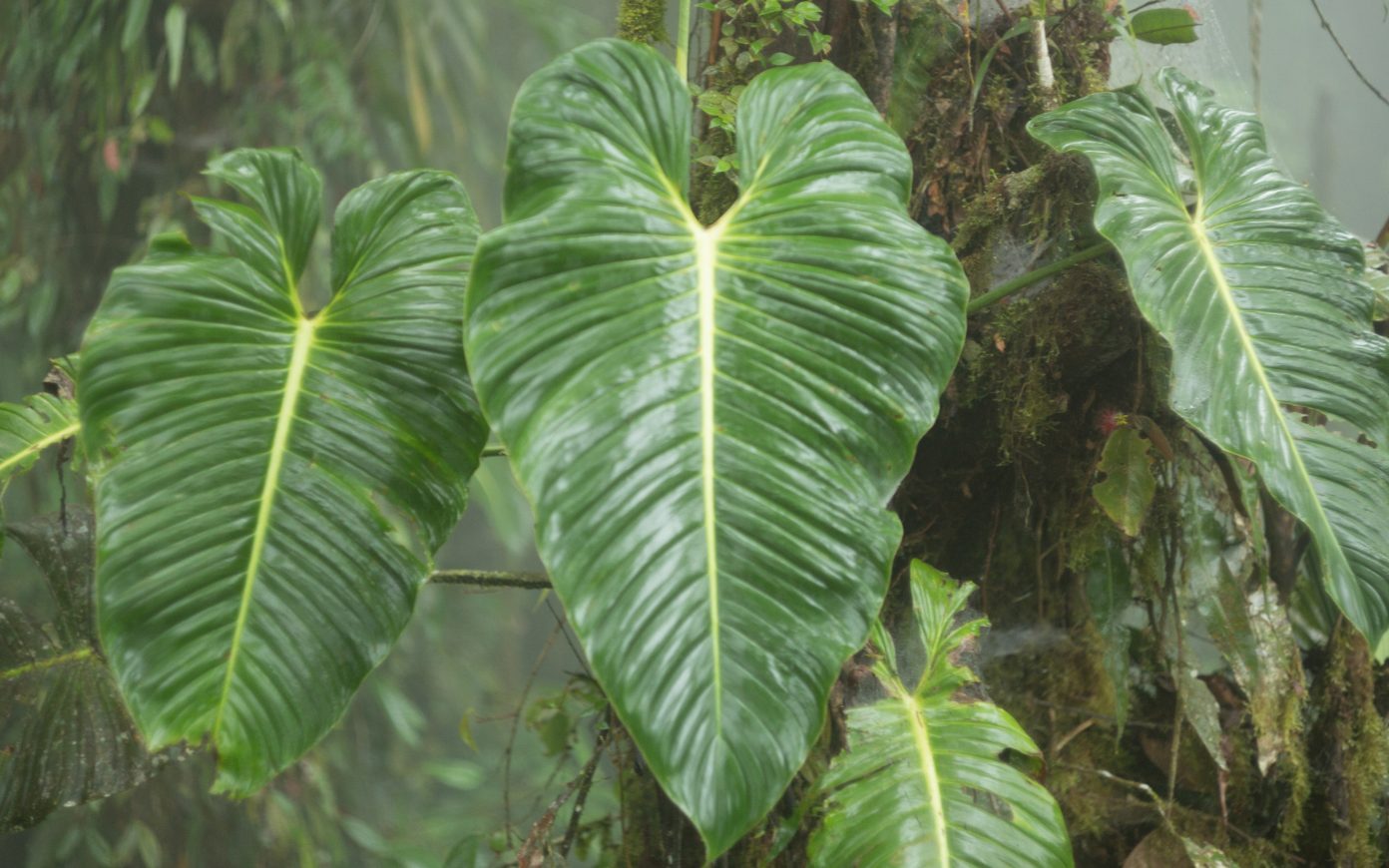

The language of forests
The anthropologist and author of How Forests Think (University of California Press, 2013) recounts his Amazonian experience among the Runa people in order to convey to our Western minds the idea of a language that can go beyond words and symbols. A language that connects the beings of the forest, both human and non-human. A language that we seem to have forgotten…
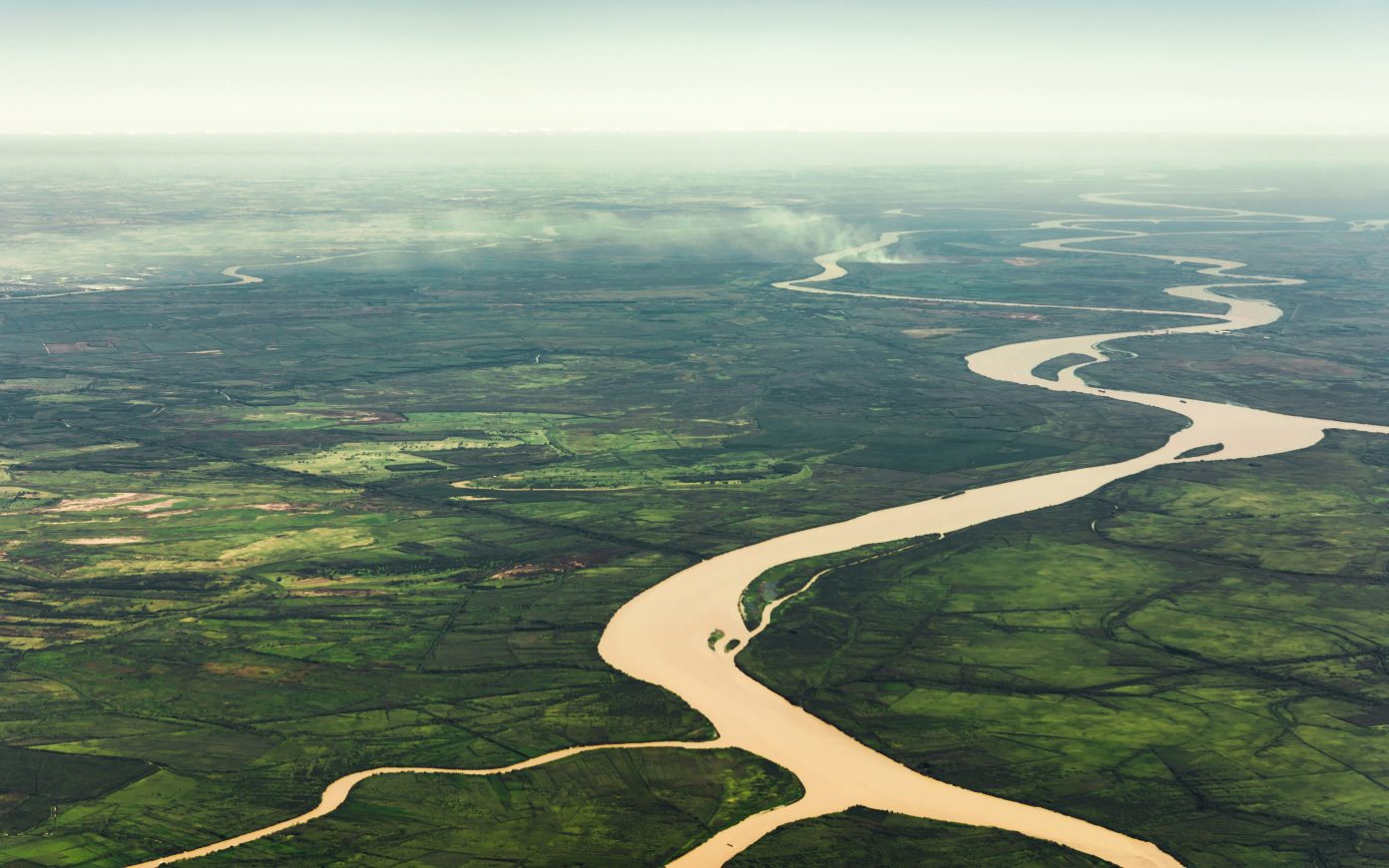

Developing and Disseminating a New Ecosystemic Law
The questioning of the binary vision of the world proceeding from modernity, which set nature and culture apart, examines in great depth our relationship with the living and the place granted to it. If we are to overcome our anthropocentrism, how can we then assign a new status to nature in order to better preserve it? For Marine Calmet, this involves moving beyond our attitude of domination of the living and productivist logics of growth and to instead think in terms of commons and the protection of the living. With the forward-looking curriculum Wild Legal, she explores and imagines the creation of new legal tools based on concrete case studies, in particular around the concept of ecocide, to protect the environment and imagine types of governance that could help achieve a more harmonious articulation of the local and global scales.
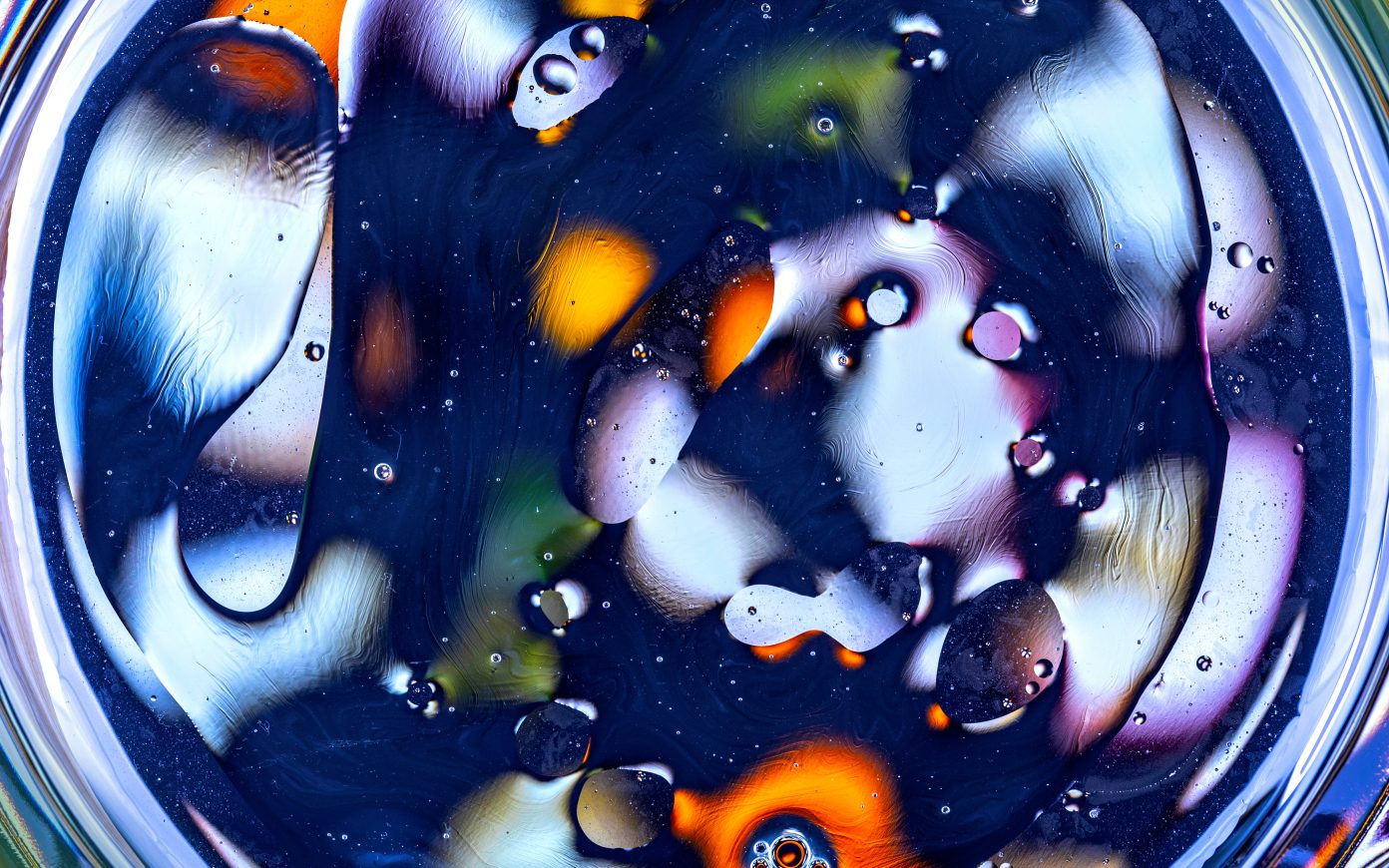

Transforming the City into a Museum for Contemporary Nature
As we are reconsidering our place as humans within nature, philosopher Emanuele Coccia investigates the natural phenomenon of metamorphosis and develops it into a philosophical concept that enables us to think about ourselves as part of a single breath of life that passes from one life form to another. Opposed to a penitential vision of environmentalism, he disagrees with the idea that the living should be viewed as fundamentally subsumed in the issue of ecological balances, life being a perpetual metamorphosis, poles apart from any notion of equilibrium. He champions the idea of a transformation of cities into “museums of contemporary nature” in order to overcome the conventional nature—culture divide and reinstate an urban interspecies approach focusing on cohabitation between all life forms and biodiversity.
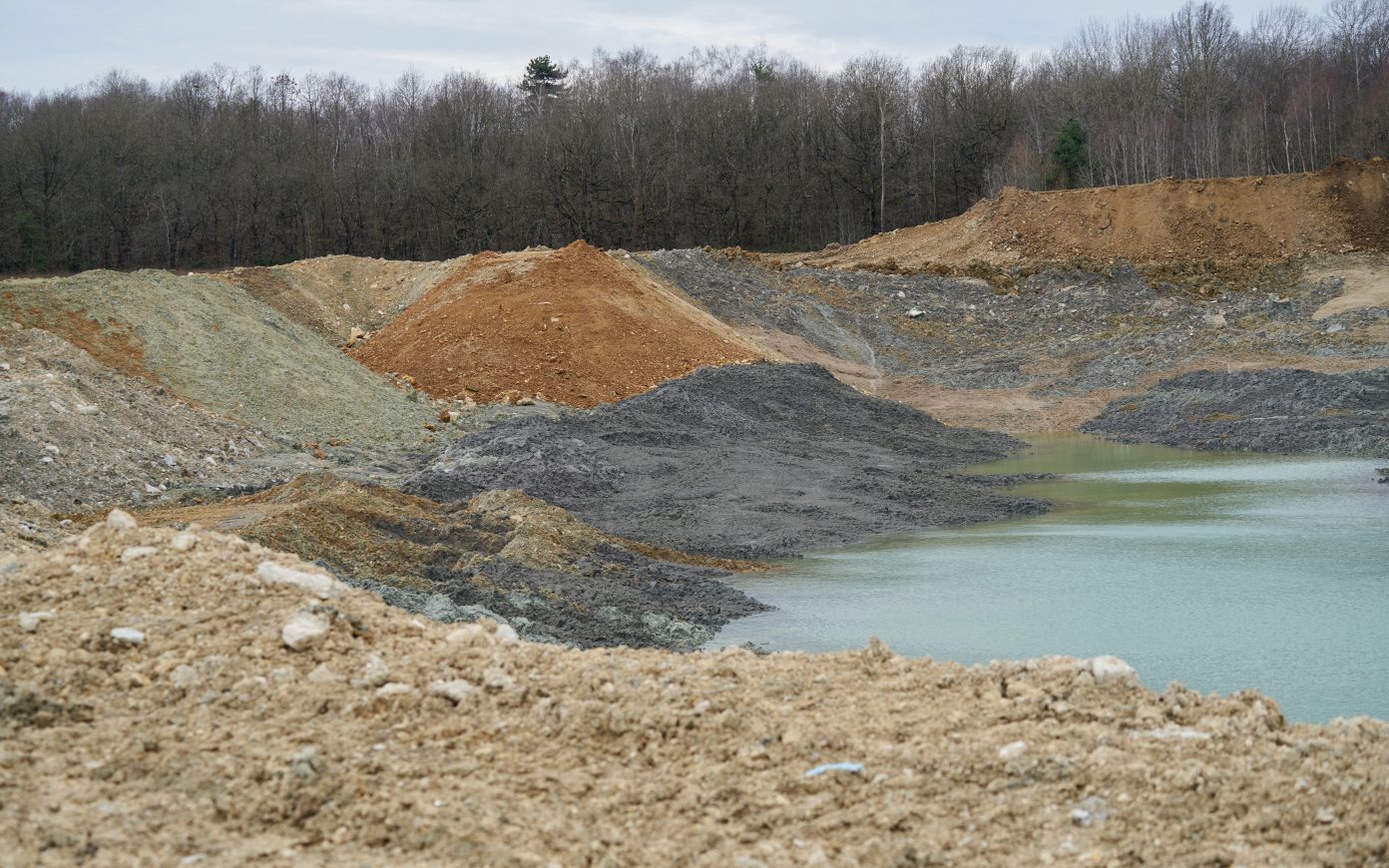

In Search of Nature-Based Solutions
Increasing the place of plants in cities plays a key role in mitigating the urban heat island effect, but trees must be addressed as a systemic issue, interfacing with the air, the ground, and water. For Frédéric Ségur, we must re-engage with the knowledge of urban forestry in order to regain our intelligence of trees and counter the mistaken assumptions on their life expectancy in urban settings. Beyond political declarations, the idea is to plant well rather than simply a lot, and to provide adequate conditions for them to develop—including space and living soil—and to take into account the ecotypes, but also to get the plant palette to change in relation to climate change.
Explorer Tous les tags
 stream voices
stream voices
Eager to share more generously the results of its collaborations and research, PCA-STREAM publishes STREAM VOICES, its online magazine!